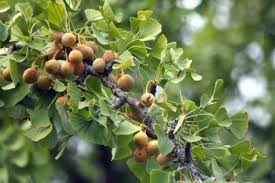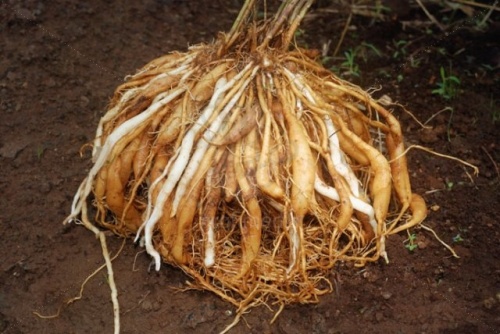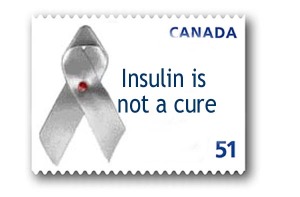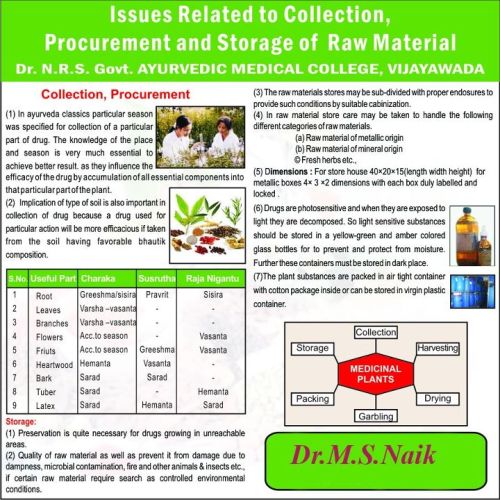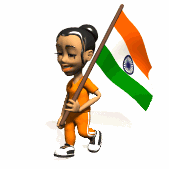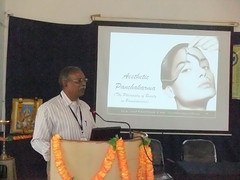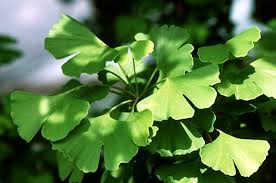 The ginkgo is a living fossil, recognisably similar to fossils dating back 270 million years. Ginkgo is believed to have nootropic properties, and is mainly used as memory[42] and concentrationenhancer, and antivertigo agent. Ginkgo has been studied as a possible treatment for Alzheimer’s disease.
The ginkgo is a living fossil, recognisably similar to fossils dating back 270 million years. Ginkgo is believed to have nootropic properties, and is mainly used as memory[42] and concentrationenhancer, and antivertigo agent. Ginkgo has been studied as a possible treatment for Alzheimer’s disease.
Of the many conflicting research results, ginkgo extract may have three effects on the human body: improvement in blood flow (including microcirculation in small capillaries) to most tissues and organs, protection against oxidative cell damage from free radicals, and blockage of many of the effects of platelet-activating factor (platelet aggregation, blood clotting)[56] that have been related to the development of a number of cardiovascular, renal, respiratory and central nervous system disorders. Ginkgolides, especially ginkgolide B, are potent antagonists against platelet-activating factor, and thus may be useful in protection and prevention of thrombus, endotoxic shock, and from myocardial ischeamia.[57] Ginkgo can be used for intermittent claudication.
Following a government report that the herbal ingredient Ginkgo biloba causes cancer in lab animals, the nonprofit Center for Science in the Public Interest (CSPI) is urging the U.S. Food and Drug Administration (FDA) to prohibit its use in foods and dietary supplements. CSPI noted that the FDA should give the industry a reasonable time to comply with such a directive and then seize whatever products remain on shelves to protect consumers. [read more] Very funny – For more information, visit http://ntp.niehs.nih.gov/ntp/htdocs/LT_rpts/TR578_508.pdf, www.cspinet.organd www.crnusa.org.

